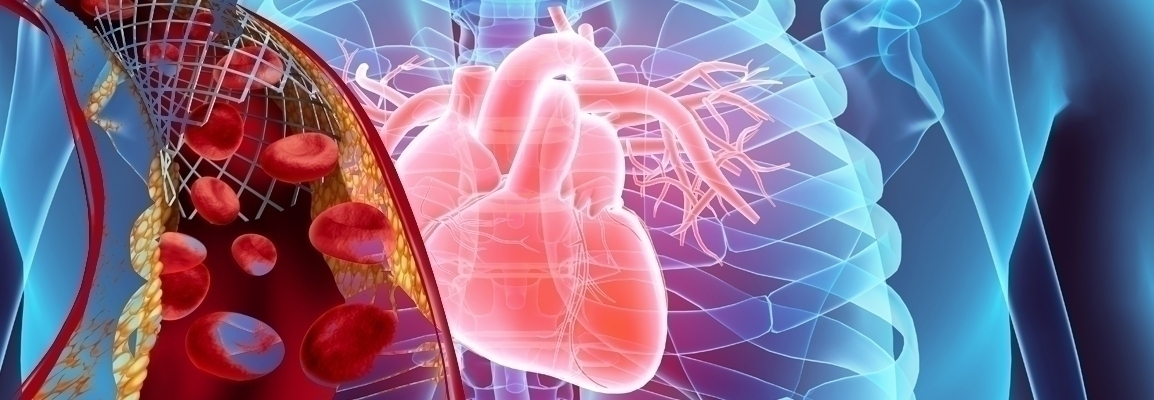

Studying Cardiovascular Pathology with MRI
Increased endothelial permeability at the beginning of atherosclerosis is believed to allow lipid deposition and plaque formation to occur. At later stages it is associated with plaque inflammation and extravasation of inflammatory cells that occurs as a plaque progresses, and may eventually lead to plaque rupture. This webinar will describe the application of magnetic resonance imaging (MRI) for the characterization of increased endothelial permeability in mouse atherosclerotic plaques using the preclinical Bruker Biospec 7 Tesla horizontal 70/30 scanner and self-gating features (IntraGate). Self-gated imaging allows high-quality cardiac MRI with no additional hardware requirements (such as the use of ECG electrodes) and potential pitfalls of signal interferences and disruption, and has been used in our laboratory to obtain clear imaging of the mouse aortic root.
This webinar took place on September 20th, 2018
What to Expect
The basics self-gated imaging, along with the advantages of applying this method in both cardiac and vascular MRI, will be discussed. For example, this flexible tool allows high quality, high resolution pre-clinical cardiac and vascular imaging without the need for ECG triggering, meaning no electrodes and no gating with a device is needed.
Key Topics
- Applying MRI to study atherosclerosis in the mouse aortic root, with a focus on endothelial permeability
- 2D dynamic contrast enhanced (DCE) MRI and 3D T1 mapping of the aortic root and ascending aorta using Bruker BioSpec 70/30 USR and self-gated imaging (IntraGate software package)
- The advantages of using self-gated techniques for cardiac and vascular imaging
- The flexibility these techniques provide for individuals working in pre-clinical imaging
Who Should Attend?
The webinar will be useful to anybody interested in cardiac and vascular imaging of small animals, particularly using MRI. It would also be useful for researchers who image larger animals on clinical scanners but who are interested in smaller animal imaging where more indepth mechanistic studies can be conducted. The webinar will also appeal to anyone interested in the pathology of cardiovascular disease.
Speakers
Claudia Calcagno Mani, MD, PhD
Assistant Professor Department of Radiology Translational and Molecular Imaging Institute Icahn School of Medicine at Mount Sinai New York, USA
Dr. Claudia Calcagno holds an MD from the University of Genova (Italy, 2004), and a PhD from the Icahn School of Medicine at Mount Sinai/ New York University (New York, USA, 2010). He main research interest is dynamic contrast enhanced (DCE) magnetic resonance imaging (MRI) of the atherosclerotic arterial vessel wall.
Todd Sasser, PhD
Head of Applications PCI, Americas Bruker BioSpin Billerica, Massachusetts
Todd Sasser is a Field Applications Scientist for Bruker Preclinical Imaging. He provides application support for in vivo imaging across a wide variety of disciplines from infection imaging, cancer biology, and probe development. He currently focuses on application development for the Albira PET/SPECT/CT system. Dr. Sasser studied at The University of Liverpool and The University of Hawaii and is currently a visiting scholar at The University of Notre Dame.